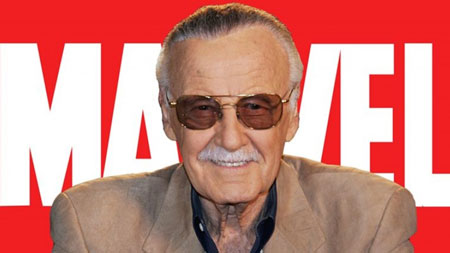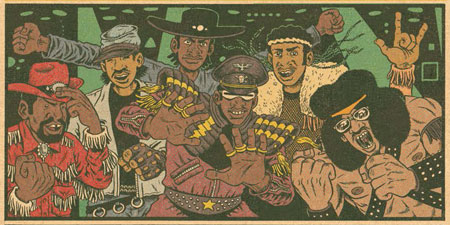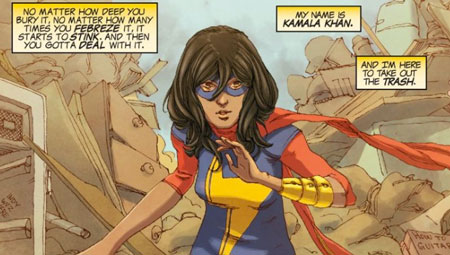
In the 1970s, in an effort to diversify its line, Marvel began adapting Robert E. Howard’s Conan the Barbarian stories. To push (at least a little bit) beyond what the Comics Code would allow, some of these stories were published in magazine format, as Savage Tales. The second and third issues of this series featured an adaptation of the classic Conan story Red Nails, featuring writer Roy Thomas and artist Barry Windsor-Smith. In this episode, Koom talks with Rob and Sam about the basic idea of Conan, where the title “Red Nails” came from, the strengths and shortcomings of Smith’s art at this early point in his career, and more.
Podcast: Play in new window | Download










